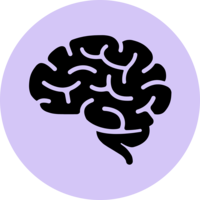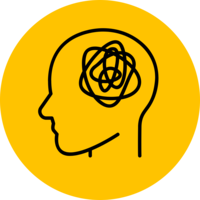Danish High Risk and Resilience Study (VIA)
The VIA is a representative nationwide longitudinal multi-informant cohort study consisting of over 500 children born to parents with schizophrenia, bipolar disorder, or population-based controls. The participating families were recruited from Danish registers and investigated thoroughly when the children were 7 years old, referred to as the VIA 7 study. The second wave of assessments, the VIA 11 study, was carried out when the children were 11 years of age, and the third wave, the VIA 15 study, was carried out when the children were 15 years of age.
Study design
Cohort - birth
Number of participants at first data collection
522 (participants)
Age at first data collection
7 years (participants)
Participant year of birth
2004 - 2009 (participants)
Participant sex
All
Representative sample at baseline?
The Danish population born in 2004 - 2009.
Sample features
Country
Year of first data collection
2013
Primary Institutions
Aarhus University Hospital (Aarhus Universitetshospital, AUH)
Copenhagen University Hospital (Rigshospitalet)
Gentofte Hospital (Gentofte Hospitalsvej)
University of Copenhagen (Københavns Universitet, KU)
Profile paper DOI
Funders
Beatrice Surovell Haskell Fund for Child Mental Health Research of Copenhagen
Capital Region of Denmark (Region Hovedstaden)
Independent Research Fund Denmark (Danmarks Frie Forskningsfond)
Innovation Foundation
Lundbeck Foundation
Ongoing?
Yes
Data types collected




- Computer, paper or task testing (e.g. cognitive testing, theory of mind doll task, attention computer tasks)
- Interview – face-to-face
- Physical or biological assessment (e.g. blood, saliva, gait, grip strength, anthropometry)
- Wearable devices
- Ethnography or participant observation
- Electroencephalography (EEG)
- Functional magnetic resonance imaging (fMRI)
- Magnetic Resonance Imaging (MRI)
- Magnetoencephalography (MEG)
- Education data
- Healthcare data
- Other government data
- Tax, income & benefit data
Engagement
Keywords



